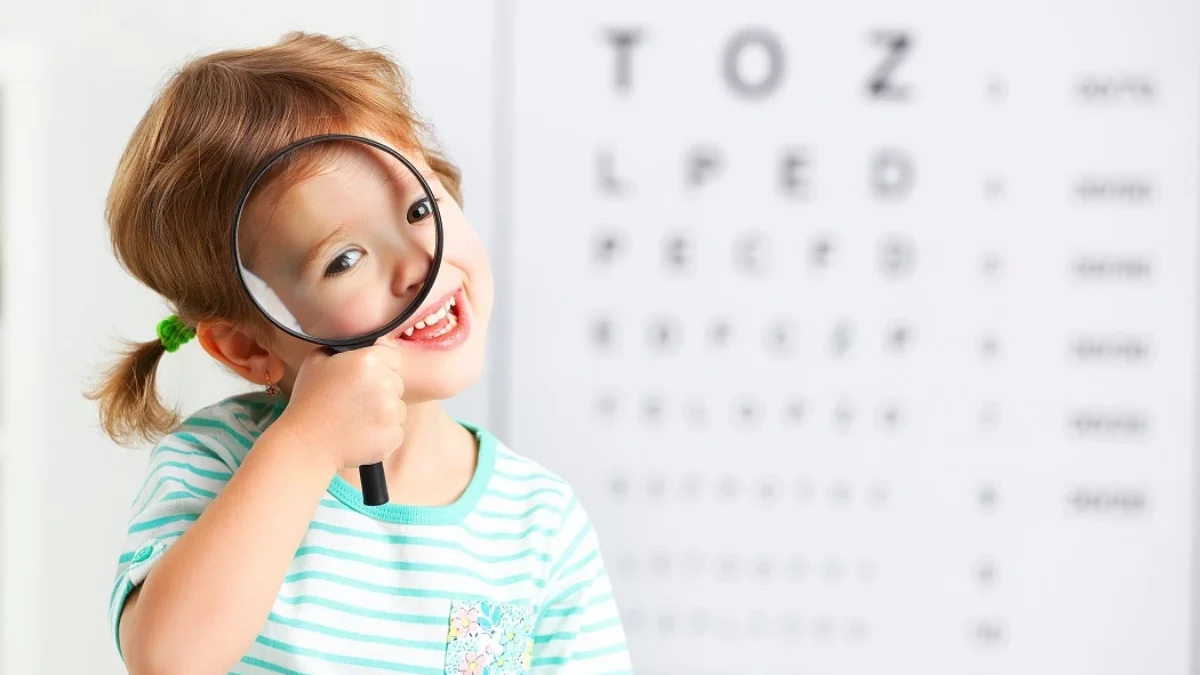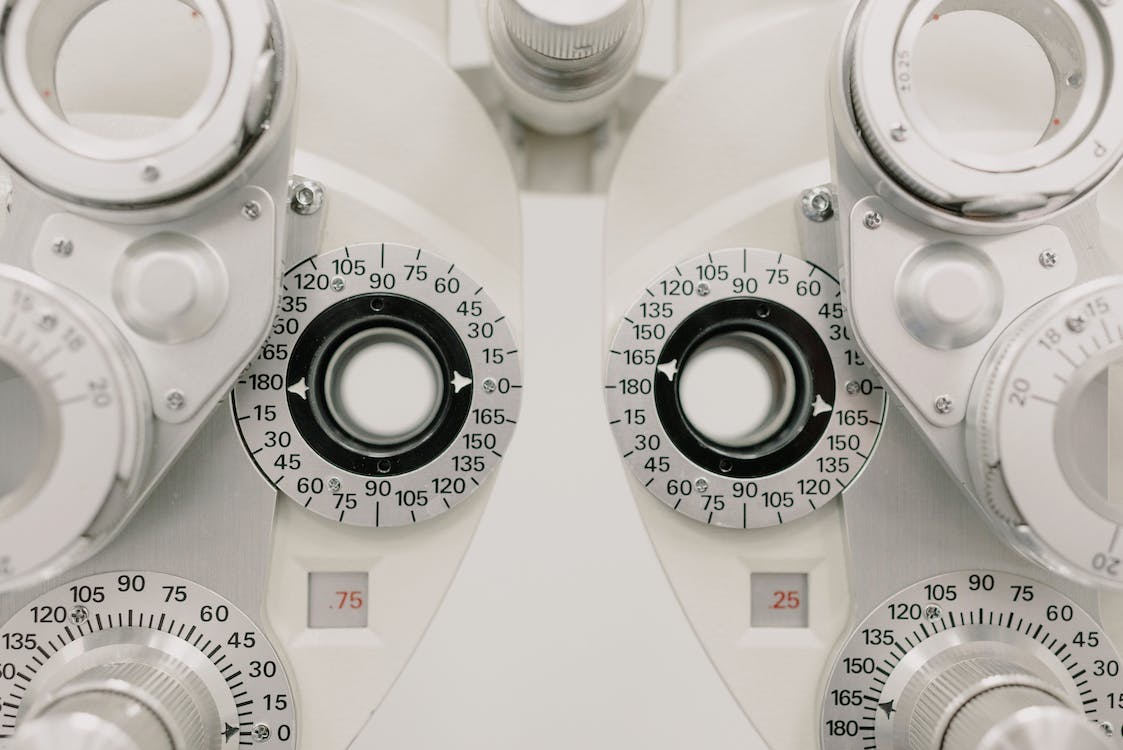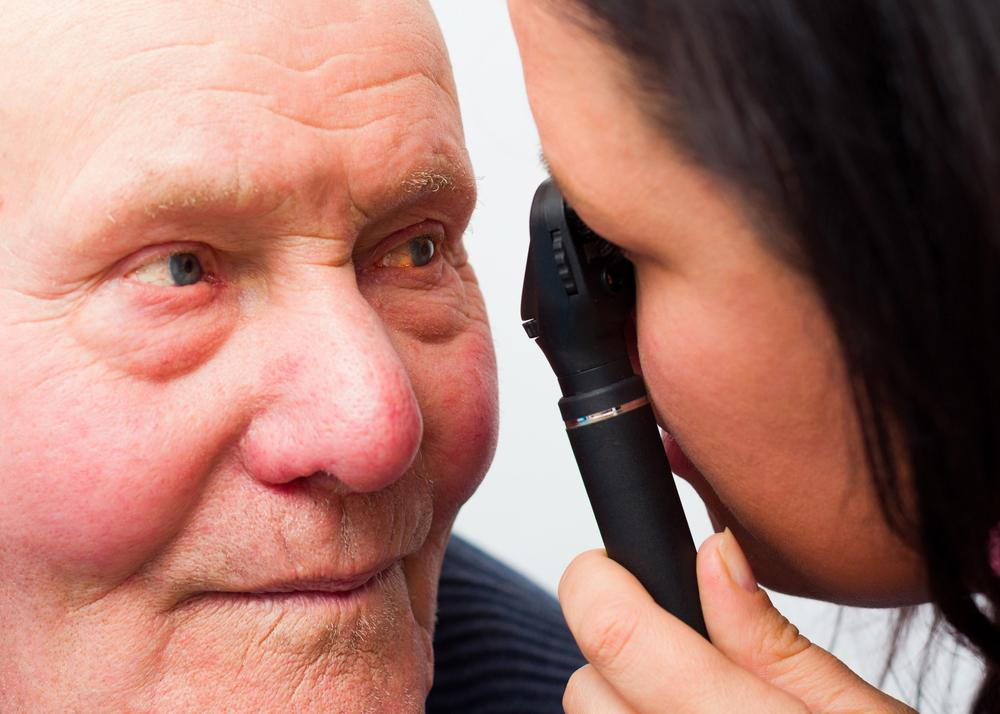All Categories
Featured
Low vision, a condition where standard glasses, get in touch with lenses, or surgery can not totally bring back sight, can make daily tasks challenging. The good news is, reduced vision rehab uses a variety of resources to help individuals maintain their freedom and lifestyle. This short article checks out the choices available for those seeking assistance in managing their aesthetic disabilities.
What Is Low Vision Rehab?
Low vision recovery is a structured strategy to assist individuals maximize their staying vision and adjust to new methods of doing day-to-day tasks. Experts function with individuals to develop customized methods, incorporating tools, strategies, and training programs that fit their one-of-a-kind requirements.
![]()
Trick Options for Low Vision Rehabilitation
Vision Enhancing Gadget
Optical Aids: Instruments like magnifiers, telescopic glasses, and special analysis lenses can boost clearness for analysis, composing, and various other close-up activities.
Electronic Aesthetic Help: Devices such as digital magnifiers and mobile video magnifiers provide flexible zoom abilities for numerous jobs.
Wearable Modern technology: Smart glasses equipped with video cameras and voice comments offer sophisticated options for improving vision.
![]()
Assistive Innovation
Screen viewers, text-to-speech applications, and tools with voice commands make innovation accessible for people with low vision.
Smartphone applications, such as navigation help and object acknowledgment devices, aid customers interact with their surroundings better.
Training and Therapy
Alignment and Flexibility Training: Experts show abilities for browsing rooms securely, including making use of white walking canes or overview dogs.
Daily Living Abilities Training: Recovery programs offer methods for cooking, cleaning, and individual treatment, guaranteeing that people can do crucial tasks independently.
Visual Skills Training: Workouts created to maximize the usage of remaining field of vision can enhance visual capability.
Environmental Adjustments
Adjustments to living or work areas can significantly enhance accessibility. Examples include:
Setting up brighter illumination.
Adding high-contrast markings to home appliances.
Arranging furniture to develop clear pathways.
Support Networks
Emotional and emotional assistance is a critical element of recovery. Support system, treatment sessions, and therapy services can assist people cope with the obstacles of vision loss.
![]()
Peer networks connect individuals with comparable experiences, cultivating a sense of area and shared learning.
How to Access Reduced Vision Rehab Services
Reduced vision rehab solutions are frequently supplied by:
Reduced Vision Clinics: Operated by eye doctors and eye doctors specializing in vision problems.
Work Therapists: Experts in adjusting jobs and atmospheres to match private needs.
Nonprofit Organizations: Teams such as the American Structure for the Blind (AFB) or regional loss of sight assistance companies use useful sources and references.
Final Thought
Living with reduced vision can really feel frustrating, however with the right support and devices, people can proceed to lead meeting lives. Reduced vision rehab provides a variety of sources tailored to boost functionality, boost self-confidence, and improve lifestyle. If you or a loved one is facing the challenges of reduced vision, think about connecting to an expert or recovery center to check out the lots of alternatives offered. Together, these services ensure that vision loss does not define or restrict one's capacity.
What Is Low Vision Rehab?
Low vision recovery is a structured strategy to assist individuals maximize their staying vision and adjust to new methods of doing day-to-day tasks. Experts function with individuals to develop customized methods, incorporating tools, strategies, and training programs that fit their one-of-a-kind requirements.

Trick Options for Low Vision Rehabilitation
Vision Enhancing Gadget
Optical Aids: Instruments like magnifiers, telescopic glasses, and special analysis lenses can boost clearness for analysis, composing, and various other close-up activities.
Electronic Aesthetic Help: Devices such as digital magnifiers and mobile video magnifiers provide flexible zoom abilities for numerous jobs.
Wearable Modern technology: Smart glasses equipped with video cameras and voice comments offer sophisticated options for improving vision.

Assistive Innovation
Screen viewers, text-to-speech applications, and tools with voice commands make innovation accessible for people with low vision.
Smartphone applications, such as navigation help and object acknowledgment devices, aid customers interact with their surroundings better.
Training and Therapy
Alignment and Flexibility Training: Experts show abilities for browsing rooms securely, including making use of white walking canes or overview dogs.
Daily Living Abilities Training: Recovery programs offer methods for cooking, cleaning, and individual treatment, guaranteeing that people can do crucial tasks independently.
Visual Skills Training: Workouts created to maximize the usage of remaining field of vision can enhance visual capability.
Environmental Adjustments
Adjustments to living or work areas can significantly enhance accessibility. Examples include:
Setting up brighter illumination.
Adding high-contrast markings to home appliances.
Arranging furniture to develop clear pathways.
Support Networks
Emotional and emotional assistance is a critical element of recovery. Support system, treatment sessions, and therapy services can assist people cope with the obstacles of vision loss.

Peer networks connect individuals with comparable experiences, cultivating a sense of area and shared learning.
How to Access Reduced Vision Rehab Services
Reduced vision rehab solutions are frequently supplied by:
Reduced Vision Clinics: Operated by eye doctors and eye doctors specializing in vision problems.
Work Therapists: Experts in adjusting jobs and atmospheres to match private needs.
Nonprofit Organizations: Teams such as the American Structure for the Blind (AFB) or regional loss of sight assistance companies use useful sources and references.
Final Thought
Living with reduced vision can really feel frustrating, however with the right support and devices, people can proceed to lead meeting lives. Reduced vision rehab provides a variety of sources tailored to boost functionality, boost self-confidence, and improve lifestyle. If you or a loved one is facing the challenges of reduced vision, think about connecting to an expert or recovery center to check out the lots of alternatives offered. Together, these services ensure that vision loss does not define or restrict one's capacity.
Latest Posts
Practical Carpeting Look After Lasting Elegance
Published Apr 19, 25
1 min read
NAPA AutoCare Certified: Turn to Montclare Auto Repair for Reliable Auto Care
Published Apr 19, 25
2 min read
Montclare Auto Repair: Your Reliable Expert for Professional Engine & Brake Work
Published Apr 19, 25
2 min read
More
Latest Posts
Practical Carpeting Look After Lasting Elegance
Published Apr 19, 25
1 min read
NAPA AutoCare Certified: Turn to Montclare Auto Repair for Reliable Auto Care
Published Apr 19, 25
2 min read
Montclare Auto Repair: Your Reliable Expert for Professional Engine & Brake Work
Published Apr 19, 25
2 min read